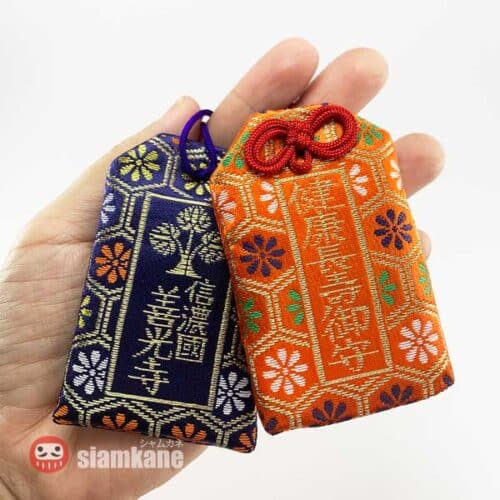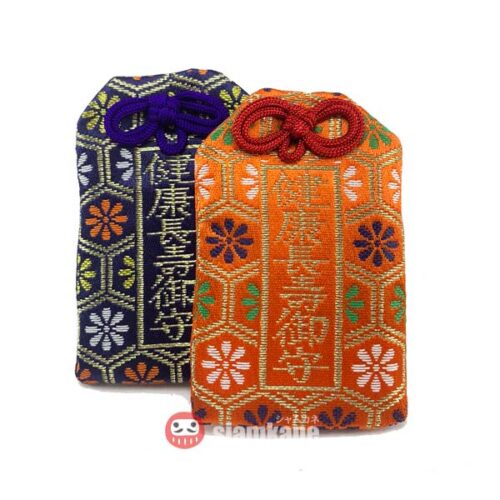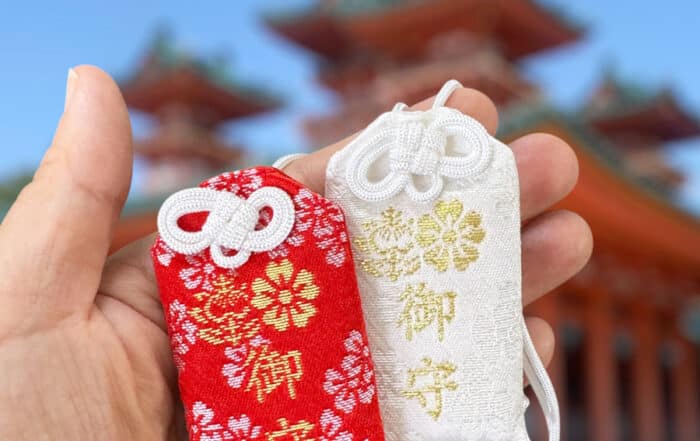Zenko-ji (善光寺) is a Buddhist temple located in Nagano, Japan. It is one of the most important and revered temples in the country, with a history dating back to the 7th century. Zenko-ji is known for its religious significance, historical artifacts, and the Zenko-ji Gokaicho, a special event held once every seven years.
Key features and aspects of Zenko-ji Temple include:
- Founding: Zenko-ji was founded in the 7th century, making it one of the oldest and most significant Buddhist temples in Japan. It belongs to the Jodo-shu (Pure Land) sect of Buddhism.
- Amida Nyorai: The main object of worship at Zenko-ji is a hidden image of Amida Nyorai (Amitabha Buddha). The statue is not openly displayed, and only a replica is shown to the public during Gokaicho and other special occasions.
- Hidden Buddha Image: The hidden Buddha image is said to have been brought to Japan from India over 1,300 years ago. Legend has it that the image has miraculous powers and is believed to grant salvation to those who touch it.
- Main Hall (Hondo): The Hondo is the main hall of Zenko-ji, and it houses the replica of the hidden Buddha image. The architecture reflects traditional Japanese temple design, with wooden construction and intricate details.
- Niomon Gate: The Niomon Gate serves as the main entrance to Zenko-ji Temple. The gate is guarded by two fierce-looking statues, Nio, who are considered protectors of the Buddha’s teachings.
- Daimon Gate: The Daimon Gate, a large wooden gate, is another notable structure at Zenko-ji. It marks the entrance to the temple precincts and is an iconic symbol of the temple.
- Togakushi Shrine: Located within the temple grounds, Togakushi Shrine is associated with Togakushi, a sacred mountain in Nagano Prefecture. The shrine is dedicated to the deity of the mountain and is a popular destination for pilgrims.
- Zenko-ji Gokaicho: The Gokaicho is a special event held every seven years at Zenko-ji. During this event, the hidden Buddha image is exposed to the public for a few weeks, attracting pilgrims and visitors from across Japan.
- Jizo-do Hall: The Jizo-do is a hall dedicated to Jizo Bosatsu, a bodhisattva associated with compassion and the protection of children. Pilgrims often visit this hall to pray for the well-being of children.
- Pilgrimage: Zenko-ji has been a destination for pilgrims for centuries. The approach to the temple is lined with shops, inns, and structures catering to pilgrims and visitors.
Zenko-ji Temple holds a central place in Japanese Buddhism, and its historical and spiritual significance continues to attract both worshippers and tourists. The temple’s architecture, cultural events, and the sense of reverence make it a significant cultural and religious landmark in Nagano.
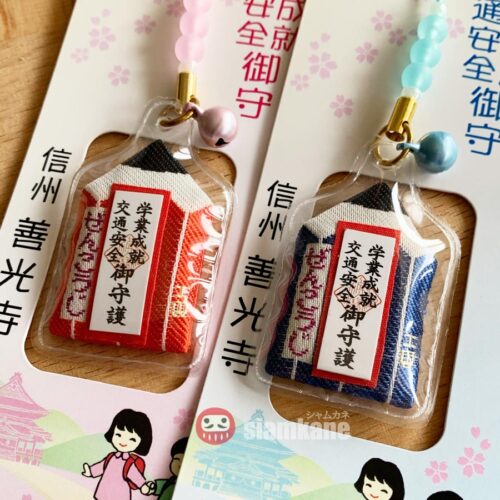 Education and Traffic Safety Omamori from Zenkoji Temple. Original from Nagono, Japan.
Education and Traffic Safety Omamori from Zenkoji Temple. Original from Nagono, Japan.
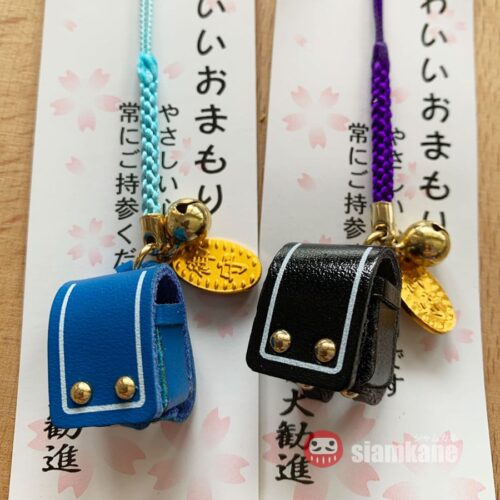 Education Omamori from Zenkoji Temple. Original from Nagono, Japan.
Education Omamori from Zenkoji Temple. Original from Nagono, Japan.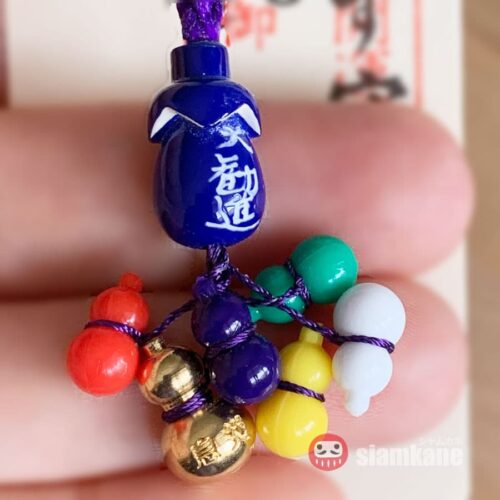
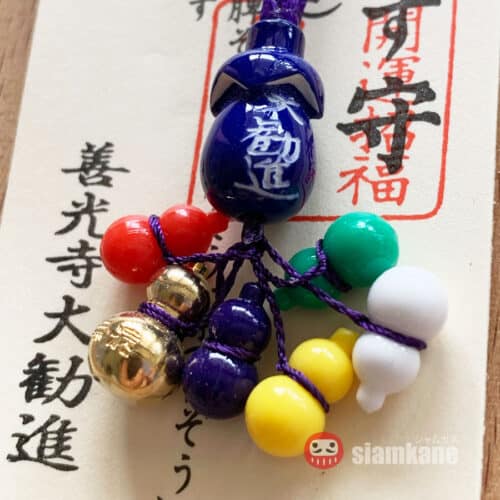 Healthy Amulet 6 calabash from Zenkoji Temple. Original from Nagono, Japan.
Healthy Amulet 6 calabash from Zenkoji Temple. Original from Nagono, Japan.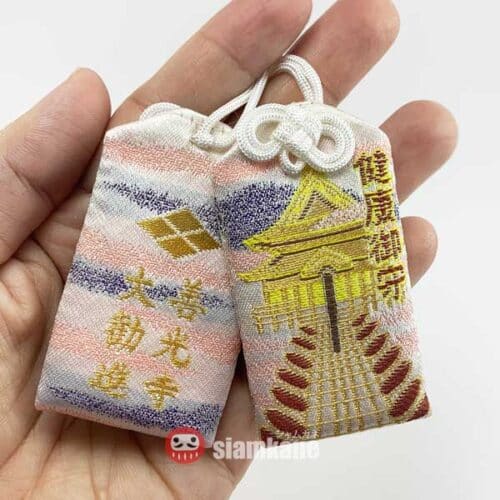
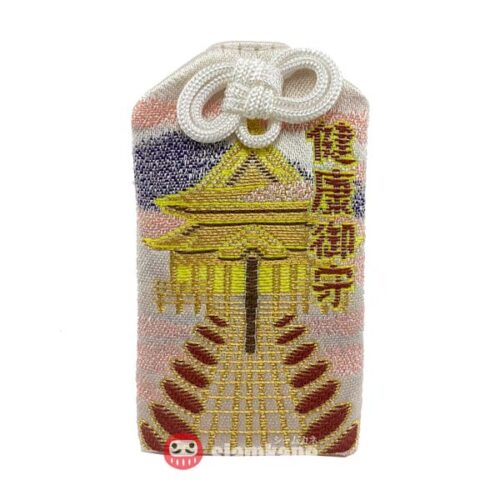 Healthy Omamori from Zenkoji Temple. Original from Nagono, Japan. Wonderful design.
Healthy Omamori from Zenkoji Temple. Original from Nagono, Japan. Wonderful design.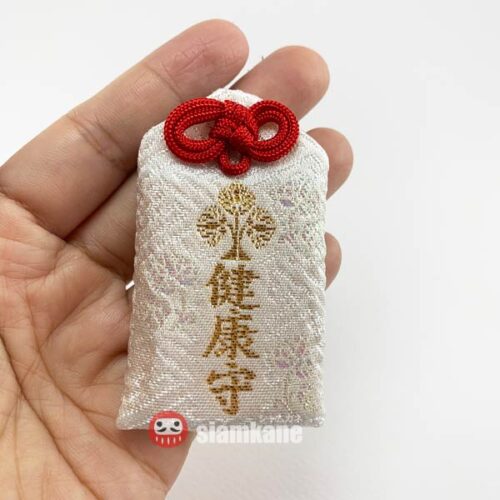
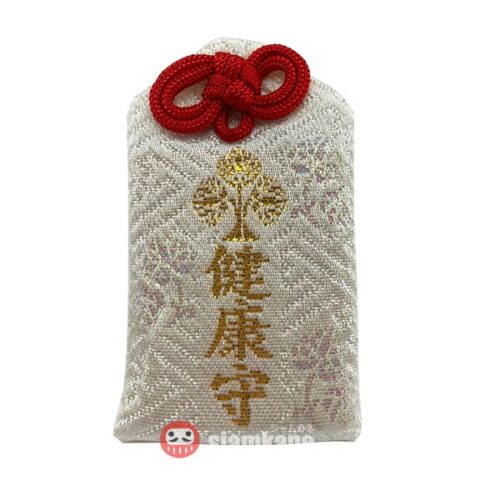 Healthy Omamori from Zenkoji Temple. Original from Nagono, Japan. Wonderful design.
Healthy Omamori from Zenkoji Temple. Original from Nagono, Japan. Wonderful design.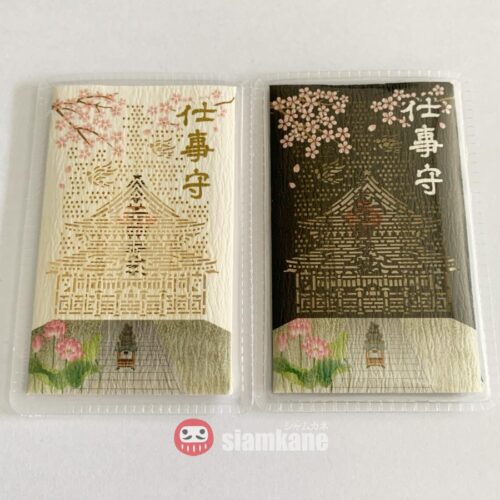
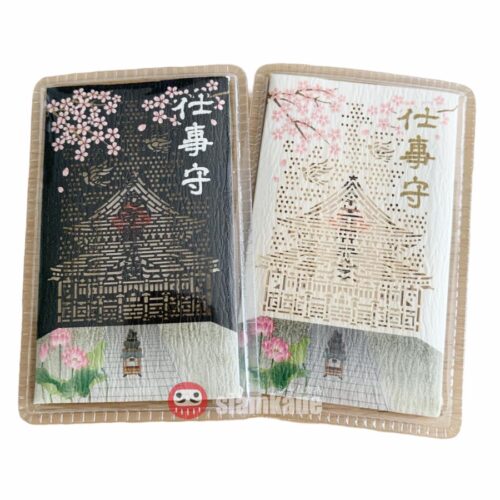 Healthy Amulet 6 calabash from Zenkoji Temple. Original from Nagono, Japan.
Healthy Amulet 6 calabash from Zenkoji Temple. Original from Nagono, Japan.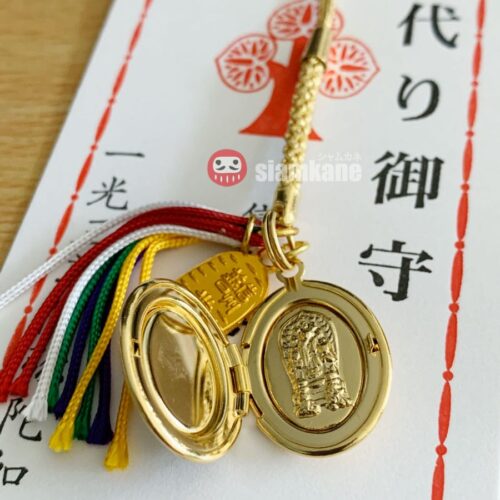
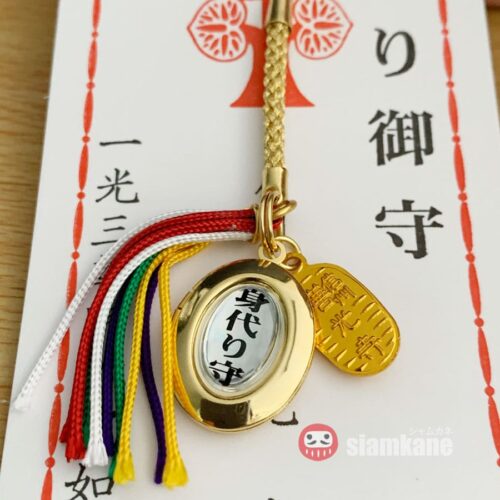 Lukcy Amulet Locket from Zenkoji Temple. Original from Nagono, Japan.
Lukcy Amulet Locket from Zenkoji Temple. Original from Nagono, Japan.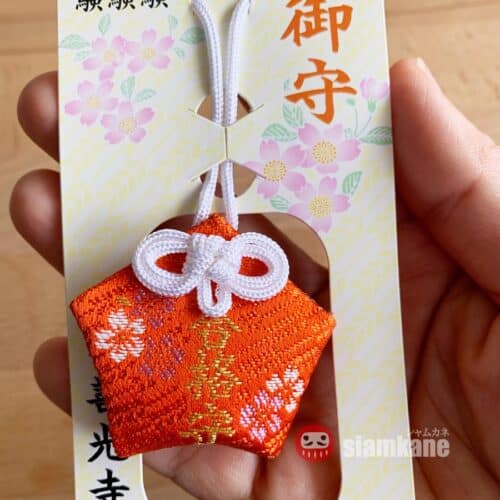
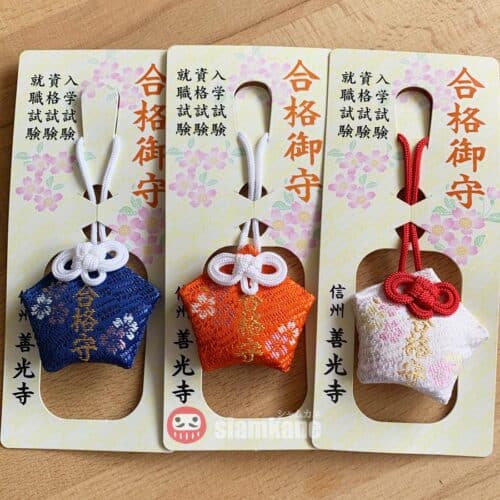 Pass Exam Omamori from Zenkoji Temple. Original from Nagono, Japan.
Pass Exam Omamori from Zenkoji Temple. Original from Nagono, Japan.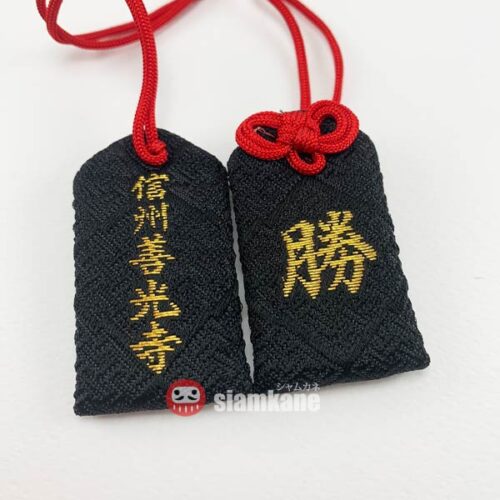
 Healthy Omamori from Zenkoji Temple. Original from Nagono, Japan. Wonderful design.
Healthy Omamori from Zenkoji Temple. Original from Nagono, Japan. Wonderful design.
